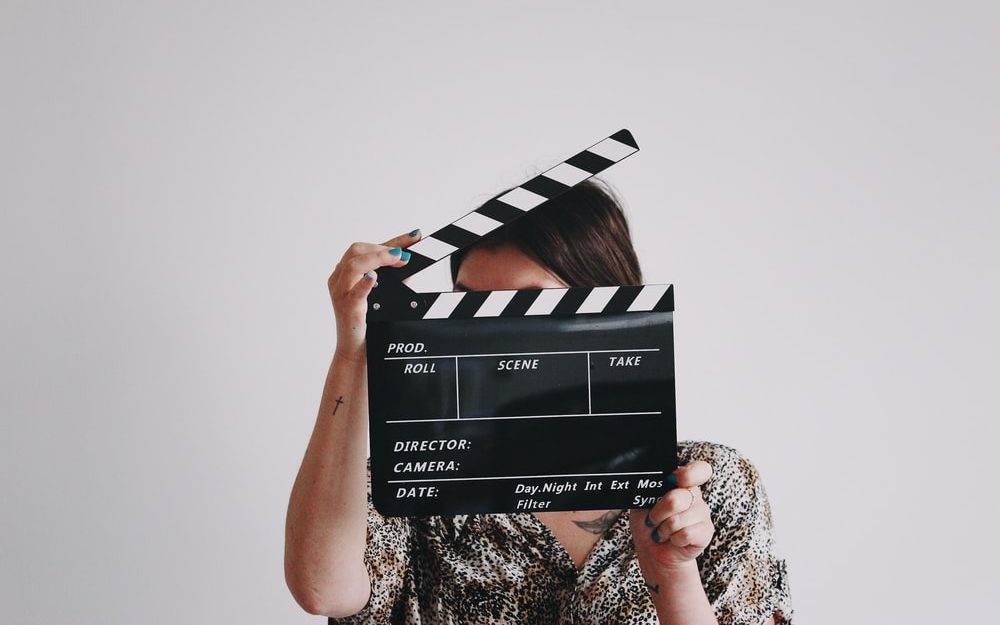As travel restrictions persist, online auditions will remain common. Consequently, actors and other performing artists will need to excel at digital auditions in order to make the most out of each opportunity.
While familiar surroundings may make living room auditions less daunting, certain preparations can ensure that your virtual audition, video or self-tape still looks professional.
Read: Testing Times: the unpaid labour of auditioning from home
Here are some tips and resources to help you nail the technical aspects and adopt a healthy mindset towards auditioning from home.
PREPARATION MAKES A DIFFERENCE
Video platforms such as Zoom and Google Meet have become essential and creatives will need to master their basic functions in order to show their best side, whether in a short interview or a detailed audition.
If it’s an online audition on Zoom, make sure you have an account and are familiar with the interface. Do a sound and video check if you are logging on for the first time, and remember to unmute yourself. Here is a quick video by actor Kristen Henry King outlining the essentials.
For performers or dancers who are used to large rehearsal spaces, logistical considerations are key and can help reduce the possibility of injuries. If clearing out a suitable space at home is not an option, consider doing the audition in your backyard or the driveway if weather permits.
Finding the best lighting and angle for your recording will help casting directors see your true potential. The MEAA’s Equity Foundation have detailed videos presented by actor Helen Kim on nailing a good set up.
For a shorter, uplifting video, NIDA BFA Acting students share their pro tips in under three minutes.
If you are submitting a recorded audition or self-tape, title the file with your name and the project. Check that it is the file intended and try to submit early to leave time for any technical issues that may arise.
LET YOUR IMAGINATION RUN WILD
While space is a limitation, letting your imagination show in the recording can also highlight your acting skills.
Sydney Acting School alumni, actor, writer and director Gabrielle Bowen said: ‘If you imagine the world around you and make it real for you, it shows up on screen and draws the audience in.’
This can involve building up a specific scene in your mind before doing the take on camera, and trying to ‘get really specific on where you are in the scene that you’re auditioning for,’ Bowen added.
Queensland Theatre Casting Manager Samantha French advised: ‘Sometimes using a location can make it filmic, but this can create a playful space that enhances the character’s situation.’
For example, using props such as candles or a torch to build up the atmosphere when appropriate can make an audition especially memorable.
Different scripts will also require different approaches, and doing small warmup exercises can help prepare you for a smoother transition into the audition video.
‘I often find slates awkward,’ admitted Bowen, in which case, ’it can help to roll the camera and just talk to someone for a bit before going into your slate; it eases tension and makes you feel more relaxed and more yourself.
‘For TVC auditions or monologue auditions, if you can’t have a person in the space to direct your audition to, I find pictures really helpful. I’ll stick a photo up of someone close to me so I can feel as though I’m talking to a person – it helps make your eyes light up on screen and is also a great eyeline reference,’ Bowen added.
Another thing to keep in mind is that ‘we are looking at your “body” connection with the work and your character,’ said French, from her perspective as a casting manager. This can mean moving within the video frame to express yourself through gesture and body language.
Bowen echoed: ‘It’s important to engage your whole body in filming. Jumping around, stretching and shaking out can be helpful physical actions to engage your whole body before rolling.‘
FINDING THE RIGHT MINDSET
Sometimes the freedom of recording an audition at home may end up creating more stress and tension, and feed into a perfectionist mindset for the performer.
It’s important to establish your own boundaries, Bowen said: ‘Set a limit to how many takes you’re going to do. I find three to four the best amount for me. Otherwise it’s easy to get obsessed with every detail and you’ll end up with 20 takes that you can’t decide between.‘
Most importantly, Bowen concluded: ‘Trust yourself and your acting. In the end, each person brings a unique perspective to an audition and that’s really what they want to see!’
If you feel that recording auditions or self-tapes is taking a toll emotionally, know that prioritising your mental health is absolutely worth it. ArtsHub has put together some resources for languishing creatives and where to seek professional help.
Read: Creating better mental health in the performing arts
Putting in all the work without a casting director present or a live audience can feel isolating, especially if you don’t work with an agency, so reach out to the appropriate personnel if you need any clarification on the requirements for specific audition.
Know that casting directors are also working with a new set of materials and are trying to adapt when they haven’t met the candidate virtually or in person. The silver lining is that casting calls can be more geographically and financially inclusive now without the need to travel.
Lastly, French offered a word of encouragement for those who are trying to make the most out of online auditions: ‘Do you best – enjoy your performance and the process. We appreciate you all taking the time.’





